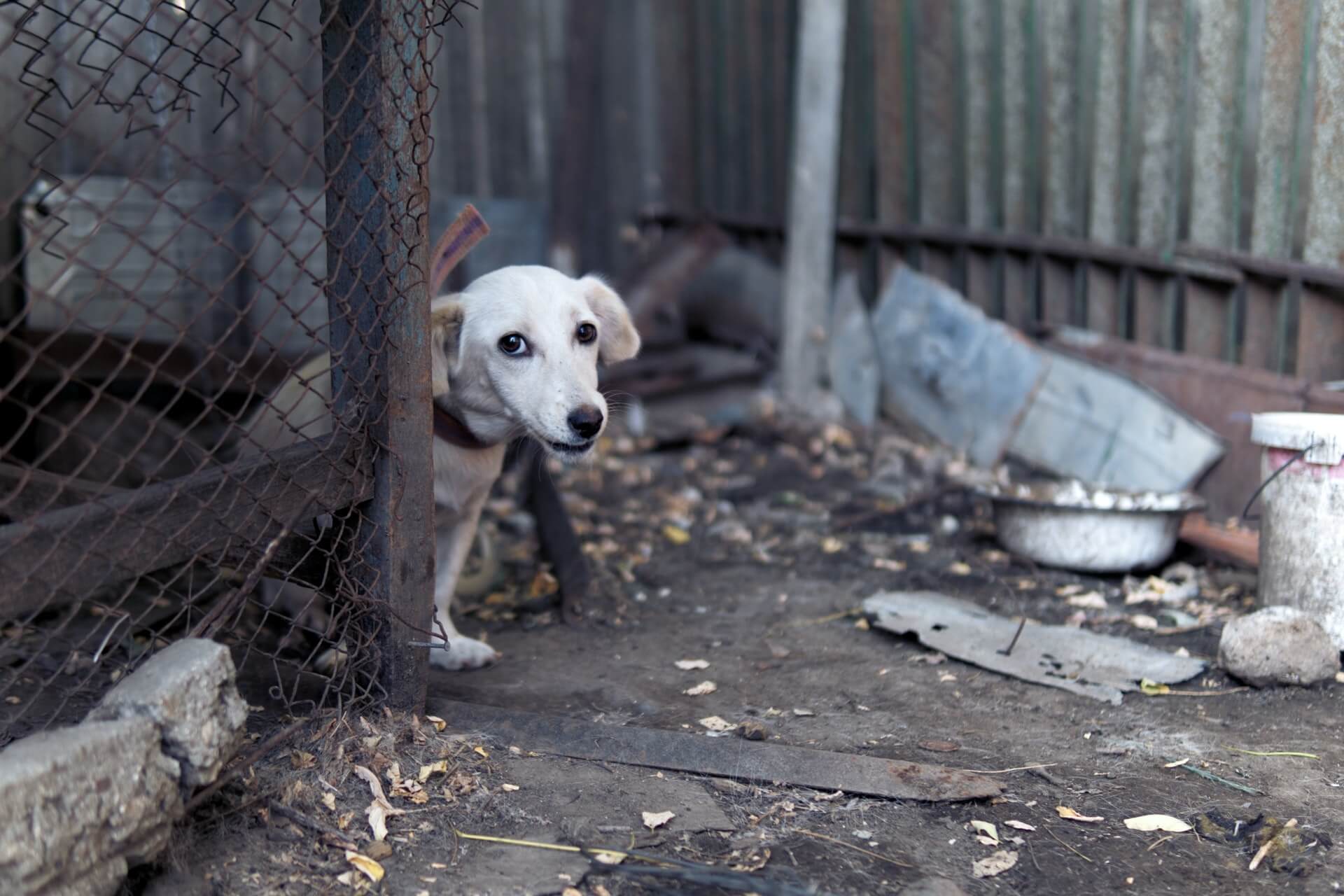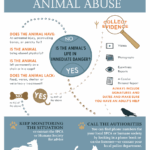Understanding the nuanced boundary between animal neglect and full-blown animal abuse is crucial for advocates and pet owners alike. Many might wonder, when does neglect, which can be unintentional and often stems from ignorance, escalate into outright cruelty? This question is not merely rhetorical; it is pivotal to ensuring that animals receive the care and protection they deserve.
Animal neglect occurs when an animal’s basic needs are not met. This includes insufficient food, water, shelter, and medical care. However, it’s important to frame neglect within broader contexts—social situations, economic hardships, and mental health issues can all play a role in how pet owners care for their animals. But, at what point do these shortcomings manifest as abuse rather than mere neglect?
To dissect this complex issue, it is imperative first to understand the fundamentals of animal welfare. The five freedoms established by animal welfare organizations provide a robust framework: freedom from hunger and thirst; freedom from discomfort; freedom from pain, injury, and disease; freedom to express normal behavior; and freedom from fear and distress. Each of these freedoms sheds light on specific conditions that must be met to ensure the well-being of animals. Failing to meet these standards can find a home in both neglect and abuse.
Neglect can stem from a lack of education or awareness. For instance, a novice pet owner may not recognize the signs of malnutrition or may overlook the need for regular veterinary check-ups. However, when this neglect persists over time, or when it occurs in the presence of willful ignorance—where an owner consciously disregards the animal’s needs and well-being—the lines begin to blur. It is here that neglect can morph into a more sinister demeanor: abuse.
Consider the individual who keeps multiple pets but fails to provide adequate care for each one. Initially, their actions might be categorized as neglect—failing to feed one animal adequately, for example. Yet, as conditions worsen—if animals exhibit severe weight loss or signs of illness, it raises a critical question: Is this neglect transforming into something more destructive? A refusal to recognize the escalating signs of distress in these animals can certainly be construed as a form of emotional and psychological abuse.
The law often struggles with defining these boundaries. In many jurisdictions, animal cruelty statutes are not specific enough to differentiate between neglect and abuse. Consequently, individuals may escape legal repercussions when neglect is not recognized as a precursor to abuse. For instance, in cases where an owner’s oversight leads to the deterioration of an animal’s health, is this a criminal act or an unfortunate consequence of ignorance? The challenge lies in establishing accountability while providing an opportunity for education rather than punishment.
Moreover, societal perceptions play an important role in understanding the transition from neglect to abuse. The general populace may view neglect less severely than they would an overt act of violence against an animal. This disparity in perception can hinder the provision of necessary interventions. A neighbor reporting what they perceive as neglect may find themselves caught in a hesitancy to act, fearing backlash for misjudging the situation. Yet, this inaction can perpetuate a cycle of distress for the animal involved.
Institutional responses are vital in bridging this gap. Animal control agencies often face the dilemma of limited resources and overwhelming cases. Their challenge lies not only in responding to clear-cut abuse but also in addressing various shades of neglect that may precede it. Trauma-informed practices in animal control can enable a more comprehensive approach to cases of neglect by focusing on education and rehabilitation for owners, besides immediate intervention.
Another critical aspect is recognizing the psychological factors at play. Many individuals who neglect their pets may have underlying issues, such as mental health concerns, that inhibit their ability to provide proper care. Nevertheless, unintentional neglect can still result in significant suffering for the animals involved. Herein lies the moral quandary: should the owner be held to the same standard of responsibility as someone who actively inflicts harm? The answer, while fraught with ethical implications, clearly hints at a need for a balanced approach that recognizes both the human condition and the animal’s plight.
A pivotal challenge remains in the education of pet owners. Expanding public awareness about the signs of neglect and the impact it can have on animal welfare is critical. Community initiatives aimed at educating potential pet owners before they adopt can significantly mitigate instances of neglect turning into abuse. Resources such as seminars, pamphlets, and web-based materials can empower individuals to adequately care for their pets, thus preemptively addressing situations that could escalate to abuse.
The transition from neglect to abuse is not always black and white; it exists within a spectrum of care. Recognition of this complexity is essential in developing effective prevention measures and interventions. As society evolves and our understanding of animal welfare deepens, it becomes increasingly important to hold individuals accountable while simultaneously addressing the underlying factors that contribute to neglect.
In conclusion, addressing the transition from neglect to abuse in animals requires a multifaceted approach—one that encompasses education, legal reform, and societal change. The welfare of animals hinges not only on immediate rescue but also on proactive measures to prevent their suffering in the first place. As stewards of animal welfare, we must continually strive to ask difficult questions and create solutions that respect both human challenges and animal rights.








